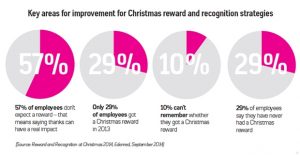Google Offers ‘Auto’ Ad Units, Uses Machine Learning To Automatically Optimize Ads
by Laurie Sullivan @lauriesullivan, February 21, 2018
Google officially began rolling out an ad unit Wednesday called “Auto” ads, which optimizes the placement of the advertisement on publisher sites based on a variety of data and insights. The “Auto” ads unit uses machine learning to place the advertisement where the technology believes the ad will perform best.
Auto ads replace and build on page-level ads. The optimization technology built into the ad-serving unit will analyze website pages, find potential ad placements, and optimize media inventory using machine learning to serve the ads that will perform best, write Googlers Tom Long, AdSense engineering manager and Violetta Kalathaki, AdSense product manager.
It also allows publishers to choose the type of ads to serve, with different ad formats and advanced URL settings. Available ads include text and display ads and in-feed ads such as native ads that serve up within the feed, in-article ads, matched content, anchor ads, and vignette ads.
Those using Accelerate Mobile Pages (AMP) will need to use AMP Auto ads, which are currently available as an AdSense Lab.
The service, which is now available to all, first showed up in limited beta early last year. One early test in September 2017 on smaller sites showed an average lift in the cost per click of about 15% on the first day. Then on the second day, “everything went down about 20%.” Other tests show a lift in revenue of about 10%, with an increase in revenue ranging from 5% to 15%.
Those using the ad unit can track the performance of the Auto ads by viewing the Ad formats report on the Performance reports page. Auto ads are shown under ad format labels such as “Anchor” and “Vignettes” in the report, according to Google.
(33)
Report Post






